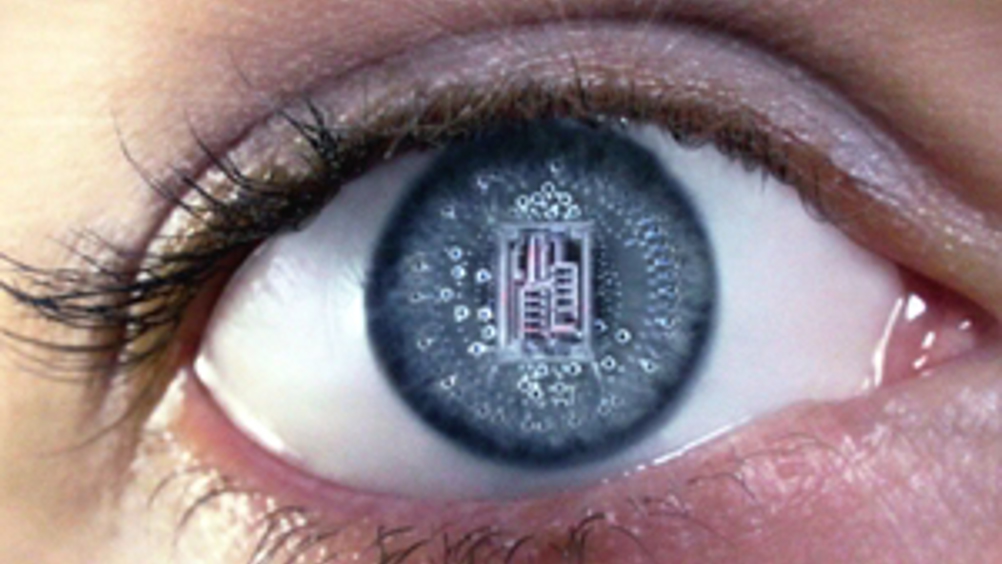Researchers set to perform bionic eye trials in 2013
Australian researchers are planning to perform patient tests of a fully functional bionic eye next year.

It is hoped that a new fabrication facility for implantable electronics at the University of New South Wales (UNSW) will accelerate the development of the bionic eye.
‘Our primary aim is to complete the first prototypes of the bionic eye so they can be tested in human recipients in 2013,’ said Prof Gregg Suaning from the Graduate School of Biomedical Engineering at UNSW.
Suaning leads development of Bionic Vision Australia’s wide-view device, the first of two prototypes aimed at restoring vision in people with degenerative retinal conditions.
The key feature of the device is an implant with 98 electrodes, made of biocompatible materials, which will stimulate surviving nerve cells in the retina — a layer of tissue at the back of the eye that converts light into electrical impulses necessary for sight.
With the bionic eye, images captured by a camera are processed by an external unit, such as a smartphone, then relayed to the implant’s chip. This stimulates the retina, sending electrical signals along the optic nerve into the brain where they are decoded as vision.
Register now to continue reading
Thanks for visiting The Engineer. You’ve now reached your monthly limit of news stories. Register for free to unlock unlimited access to all of our news coverage, as well as premium content including opinion, in-depth features and special reports.
Benefits of registering
-
In-depth insights and coverage of key emerging trends
-
Unrestricted access to special reports throughout the year
-
Daily technology news delivered straight to your inbox










Water Sector Talent Exodus Could Cripple The Sector
Maybe if things are essential for the running of a country and we want to pay a fair price we should be running these utilities on a not for profit...